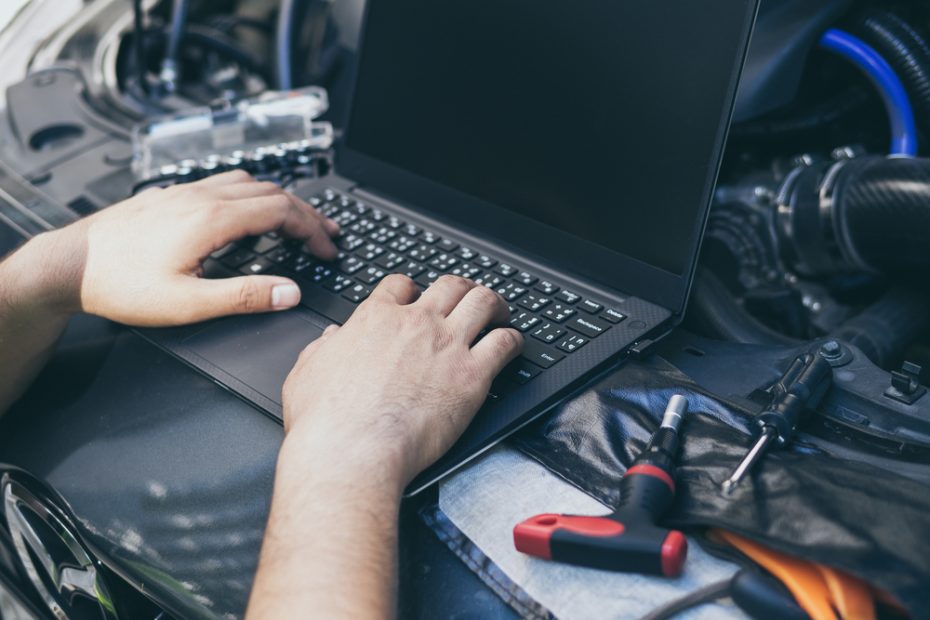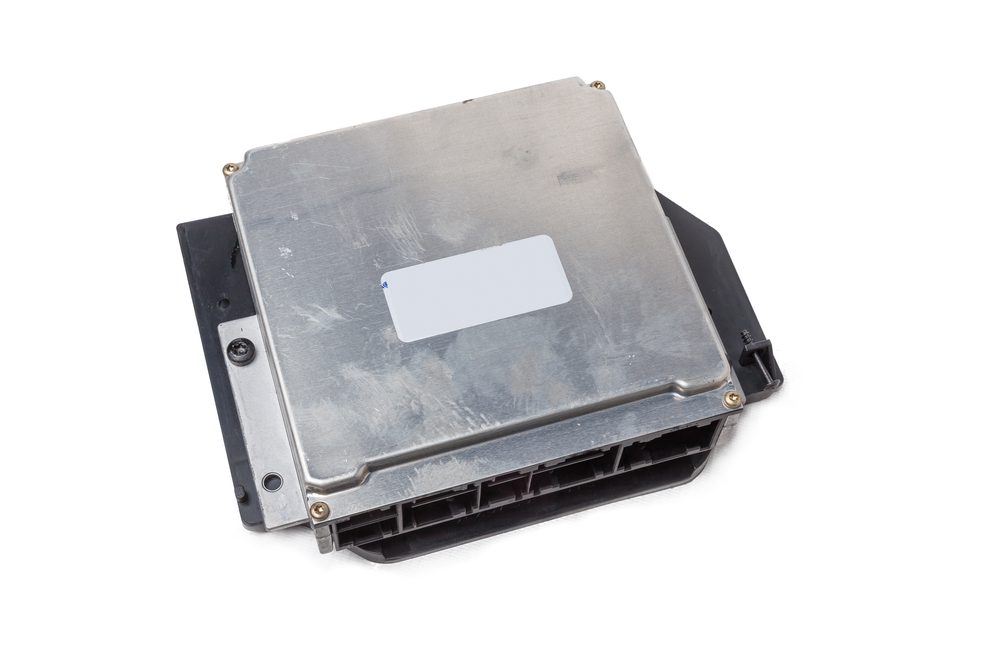How to test car ECU?
A concise response
Testing the electronic control unit (ECU) of a car is a crucial step in diagnosing any issues with the vehicle’s performance. By thoroughly testing the ECU, mechanics and car owners can identify and resolve problems related to the engine, fuel efficiency, emissions, and other vital aspects of the vehicle’s operation. Various diagnostic tools, such as OBD scanners and multimeters, are used to test the ECU for malfunctions and errors. It is essential to follow the correct procedure and guidelines to ensure accurate testing and effective troubleshooting.
Introduction
The ECU, also known as the engine control unit or engine control module, is a critical component in modern vehicles. It acts as the brain of the car, collecting data from various sensors and making necessary adjustments to optimize the engine’s performance. Because the ECU plays such a crucial role, it is important to test it regularly to ensure smooth operation and prevent potential issues.
Importance of testing the ECU
Testing the car’s ECU is essential for several reasons:
1. Identifying performance issues: The ECU controls various aspects of the engine, such as fuel injection, ignition timing, and airflow. When the ECU malfunctions, it can lead to poor engine performance, reduced fuel efficiency, or even complete engine failure. By testing the ECU, mechanics can pinpoint specific issues and make necessary repairs or replacements.
2. Diagnosing error codes: When a vehicle’s onboard diagnostics system detects a problem, it generates an error code that can be retrieved using an OBD scanner. These error codes provide valuable information about the potential issues with the ECU or other components. Proper testing of the ECU helps in interpreting these error codes accurately and determining the best course of action for repairs.
3. Improving emissions: The ECU plays a significant role in controlling the emission levels of a vehicle. Testing the ECU ensures that it is operating within the required parameters and adhering to emission standards. If the ECU is not functioning correctly, it can result in increased emissions, leading to environmental pollution and potential legal consequences.
Methods for testing the car ECU
There are several methods and tools available to test the car’s ECU effectively. Let’s explore some of the commonly used ones:
1. OBD scanners: On-board diagnostics (OBD) scanners are one of the most convenient and commonly used tools to test the ECU. These scanners connect to the OBD port in the vehicle, allowing access to various ECU data and error codes. OBD scanners provide real-time data, including engine RPM, temperature, sensor readings, and error codes, which can help diagnose ECU faults accurately.
2. ECU simulators: ECU simulators are devices designed to mimic the signals sent by sensors to the ECU. These simulators allow mechanics to test the ECU’s response to different scenarios without relying on the actual sensors. By simulating specific conditions, such as temperature changes or sensor failures, mechanics can assess how the ECU responds and determine if there are any issues with its functionality.
3. Multimeters: Multimeters are versatile tools that can be used to test various electrical components, including the ECU. By measuring voltage, resistance, and continuity, multimeters can help identify any irregularities or faults in the ECU’s electrical connections. This method requires a basic understanding of electrical systems and may require access to wiring diagrams to accurately perform the tests.
Common ECU testing procedures
When testing the car’s ECU, it is important to follow certain procedures to ensure accurate results. Here are some common steps involved in testing the ECU:
- Check for physical damage: Start by visually inspecting the ECU for any signs of physical damage, such as burned components or water damage. These issues can indicate severe faults and may require immediate replacement.
- Connect the diagnostic tool: Use an OBD scanner or similar diagnostic tool to connect to the ECU. This allows you to retrieve error codes, monitor real-time data, and perform specific tests based on the scanner’s capabilities.
- Interpret error codes: If the OBD scanner retrieves error codes, refer to the manufacturer’s documentation or online resources to interpret them accurately. Error codes provide valuable insights into the specific problems with the ECU or other related components.
- Perform functional tests: Depending on the diagnostic tool used, you may have access to various functional tests, such as activating specific components or monitoring sensor outputs. These tests can help identify faulty circuits, sensors, or actuators controlled by the ECU.
- Use ECU simulators: In some cases, using ECU simulators can provide a more comprehensive assessment of the ECU’s functionality. Simulate different scenarios and observe how the ECU responds to ensure it operates correctly under varying conditions.
- Measure electrical parameters: If necessary, use a multimeter to measure voltage, resistance, and continuity in the ECU’s electrical connections. Compare the measurements against specifications provided by the vehicle manufacturer to identify any irregularities.
Conclusion
Testing the car’s ECU is an essential part of ensuring optimal vehicle performance and diagnosing any issues accurately. By following the correct procedures and utilizing the appropriate diagnostic tools, mechanics and car owners can identify and resolve ECU-related problems promptly. Regular testing of the ECU helps maintain fuel efficiency, performance, and compliance with environmental standards. If you encounter any persistent issues or are unsure about testing the ECU yourself, it is recommended to consult a qualified mechanic or automotive technician for professional assistance.



